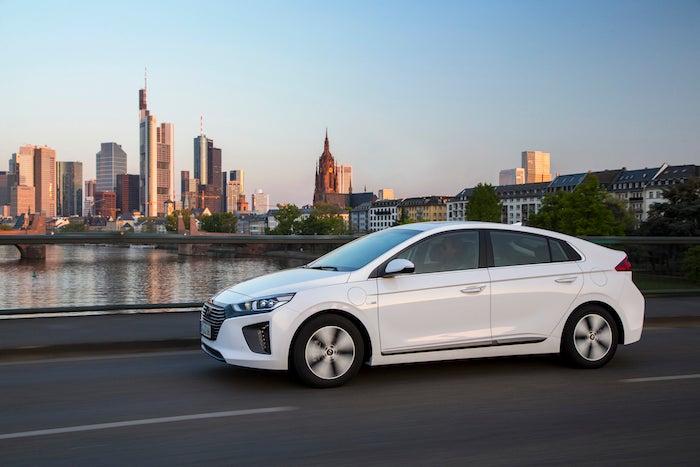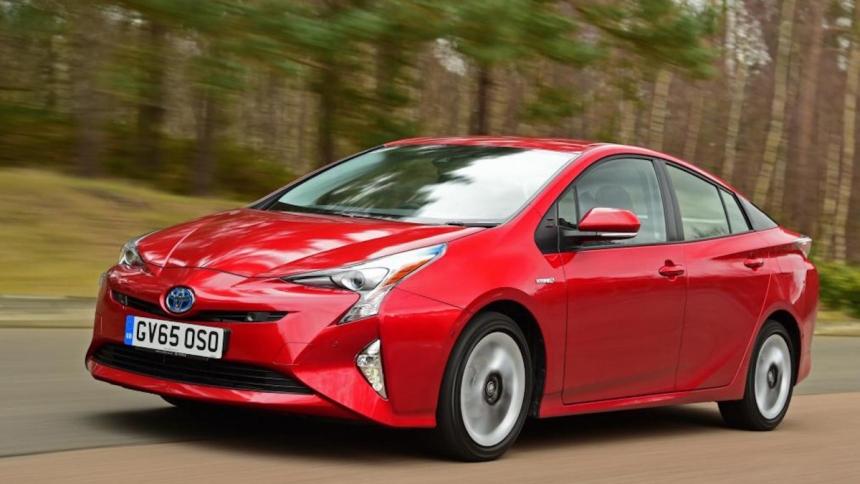The Difference Between Hybrid and Plug in Hybrid Cars
Amid the growing chatter about eco-friendly vehicles, you’ve definitely heard about hybrid cars. Sometimes, you’re likely to come across the term ‘plug-in’ hybrid too. What’s that? Are they two different types of vehicles or similar with some basic distinctions? It’s easy to be confused but we’re going to point out the difference between hybrid and plug in hybrid to clear all confusions. If you’re are planning to reduce your carbon footprint with an environment-friendly hybrid car, find out which type will benefit you the most.
The Difference Between Hybrid and Plug in Hybrid Cars
Before proceeding further into the hybrid vs plug in hybrid debate, you should know that both types are a kind of hybrid vehicles that draw power from a combination of gasoline-fueled engines and electric motors. They switch between the power sources to make sure the highest fuel efficiency in every driving situation.

Hybrid electric vehicles (HEVs) and plug-in hybrid electric vehicles (PHEVs) fall in the middle ground, between gas-run and electric vehicles.
Power source
A hybrid vehicle gets its power from an electric motor and a gasoline engine. These two motors work together to run the vehicle and achieve the highest mileage. The gas engine recharges the car’s battery, which then supplies power to the electric motor.
SEE MORE
What is a plug in hybrid? These vehicles also get the power supply from an electric motor and a gasoline engine, but these two motors don’t work together. Instead, the electric motor works as the primary power source. The total distance covered by the battery power is known as the vehicle’s all-electric range. The gas engine works as a backup power source, stepping in when the battery runs out of charge.
The electric range of plug-ins is limited. For example, the plug-in version of the Toyota Prius Prime can run only 25 miles on battery power while 2018 Hyundai Ioniq can go 29 miles. However, with the combination of a full tank and full-charged battery, both these models can drive over 600 miles, which is quite impressive.
Unlike an HEV, the engine in plug in hybrid cars does not recharge the battery; you need to plug it into an electric charger.
Battery size
The size of the battery is another point of difference between hybrid and plug in hybrid. Just like an electric vehicle, PHEVs can operate solely on electrical power, so they have a larger and more powerful battery. Their battery can draw charges from any 120V outlet, just like an electric car. Plugging into a 220V outlet will quicken the charging process.

You don’t need to plug an HEV into a power outlet because the gas engine keeps the battery charged.
Price
As you may have already assumed, PHEVs are more expensive than HEVs because they have a larger battery more complex working mechanism. However, some states in the United States offer tax incentives for the plug-in type because of their cleaner fuel-burning process. You can use them just like an electric vehicle without emitting any harmful gasses.














